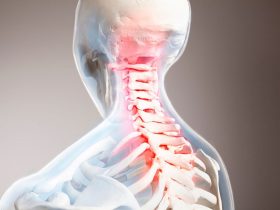Top contributing factors include depression score, age, physician recommendation of exercise, weight, waist circumference
By Lori Solomon HealthDay Reporter
FRIDAY, April 14, 2023 (HealthDay News) — Machine learning models can effectively predict risk for a sleep disorder using demographic, laboratory, physical exam, and lifestyle covariates, according to a study published online April 12 in PLOS ONE.
Alexander A. Huang, from the Northwestern University Feinberg School of Medicine in Chicago, and Samuel Y. Huang, from Virginia Commonwealth University in Richmond, used data from 7,929 participants in the National Health and Nutrition Examination Survey to identify risk factors associated with sleep disorders through machine learning.
The researchers found that the machine learning model identified 64 of 684 features that were significant in a univariate analysis. Following fit into the XGBoost model, performance had an area under the receiver operating curve of 0.87, sensitivity of 0.77, and specificity of 0.77. The features with the highest measure of percentage contribution to the overall model prediction included the Patient Health Questionnaire depression survey (31.1 percent), age (7.54 percent), physician recommendation of exercise (3.86 percent), weight (2.99 percent), and waist circumference (2.70 percent).
“What sets this study on the risk factors for insomnia apart from others is seeing not only that depressive symptoms, age, caffeine use, history of congestive heart failure, chest pain, coronary artery disease, liver disease, and 57 other variables are associated with insomnia, but also visualizing the contribution of each in a very predictive model,” Samuel Y. Huang said in a statement.
Copyright © 2023 HealthDay. All rights reserved.







